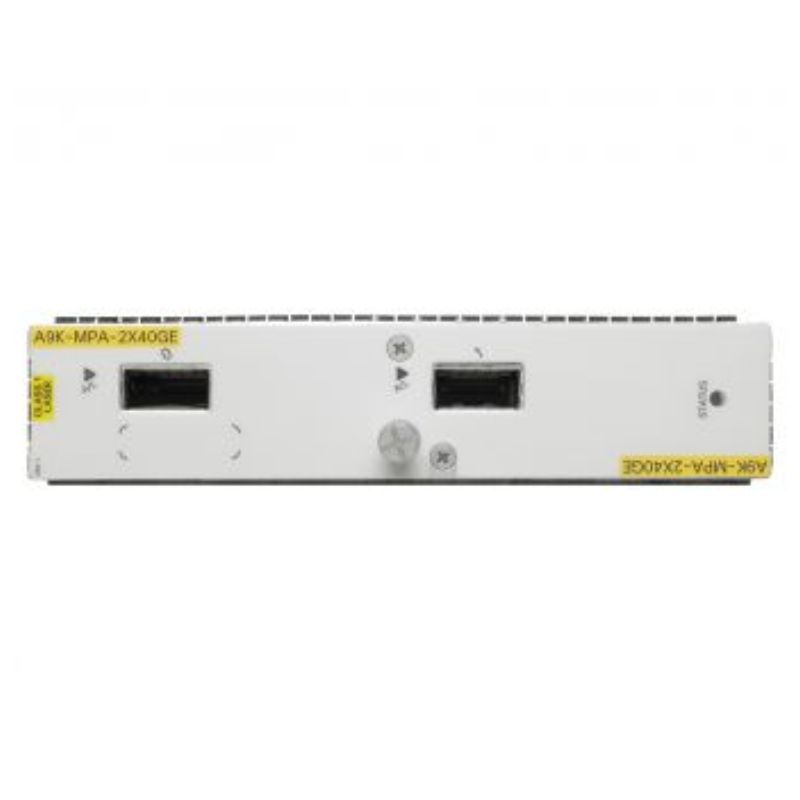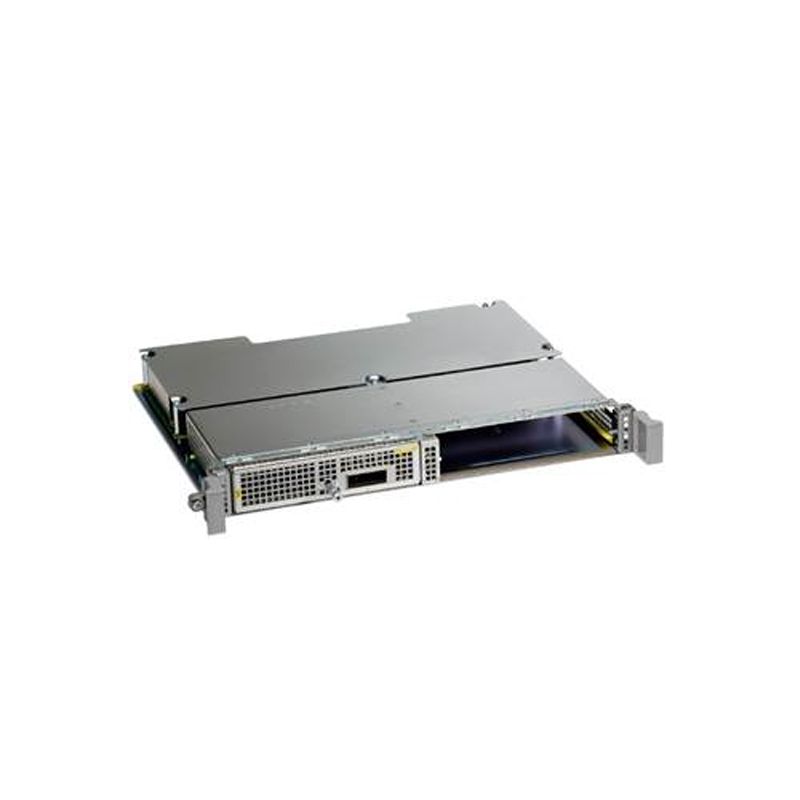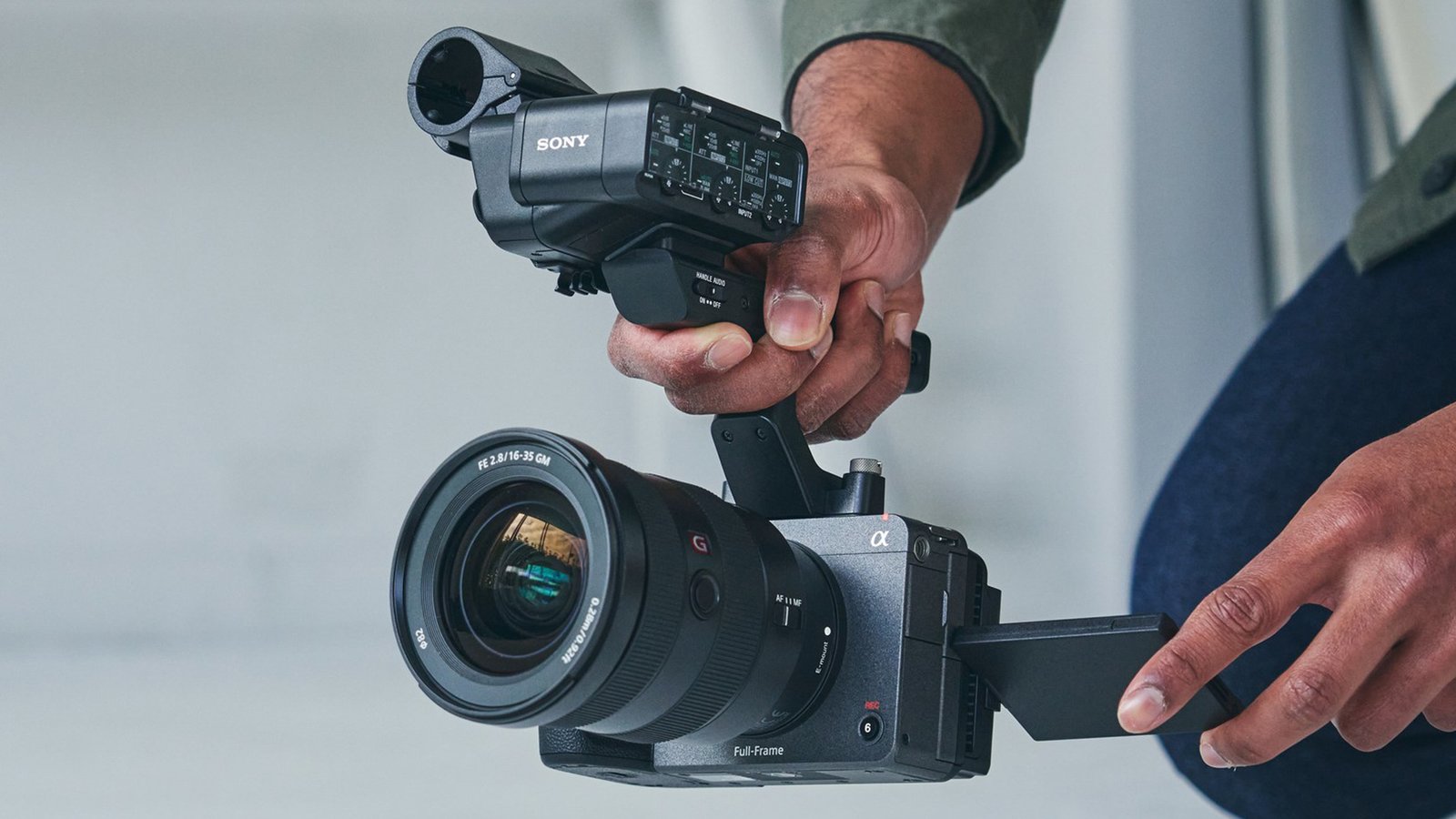NVIDIA’s GeForce RTX 30 series, based on the Ampere architecture, represents one of the most significant leaps in GPU technology in recent years. The GeForce RTX 3070, 3060, and 3080 models cater to different levels of gaming, creative, and professional needs, offering varying performance, features, and price points. In this article, we’ll explore the key differences, specifications, and use cases for these GPUs, helping you decide which one suits your needs best.

1. NVIDIA GeForce RTX 3060
The RTX 3060 is the entry-level model in the RTX 30 series, designed to offer gamers a solid performance experience at a more affordable price point compared to its higher-end counterparts.
Key Features
- CUDA Cores: 3584
- Memory: 12GB GDDR6
- Base Clock: 1.32 GHz
- Boost Clock: 1.78 GHz
- Memory Interface: 192-bit
- TDP (Thermal Design Power): 170W
Performance
The RTX 3060 is designed to deliver excellent 1080p and 1440p gaming performance with ray tracing and DLSS (Deep Learning Super Sampling) capabilities. It can handle demanding modern titles at high settings, providing smooth gameplay with high frame rates. While it may not be the best choice for 4K gaming, it’s an ideal option for gamers who want great performance without breaking the bank.
Use Cases
- 1080p and 1440p gaming: The RTX 3060 is perfect for gamers who want to play the latest games with high settings and ray tracing effects at 1080p or 1440p resolutions.
- Content Creation: It’s also a solid choice for creators working with 3D rendering, video editing, and other GPU-accelerated tasks, though it may struggle with extremely demanding workloads compared to the higher-end RTX 3070 or 3080.
2. NVIDIA GeForce RTX 3070
The RTX 3070 offers a balance between price and performance, targeting enthusiasts who want high-end gaming and content creation capabilities without going all out on price.NOTHING
Key Features
- CUDA Cores: 5888
- Memory: 8GB GDDR6
- Base Clock: 1.50 GHz
- Boost Clock: 1.73 GHz
- Memory Interface: 256-bit
- TDP: 220W
Performance
The RTX 3070 is a powerhouse for 1440p and 4K gaming, delivering impressive performance with ray tracing enabled and supporting DLSS for smoother visuals and improved frame rates. It offers near RTX 2080 Ti-level performance but at a lower price, making it a great choice for gamers who demand high FPS in more graphically demanding titles.
The card’s 8GB of GDDR6 memory provides ample headroom for most games and applications, allowing you to run modern AAA titles at ultra settings with ray tracing enabled. When paired with DLSS, you can experience higher resolution gaming without sacrificing performance.
Use Cases
- 1440p and 4K gaming: The RTX 3070 is a great choice for those who want a premium gaming experience at 1440p and even 4K, providing high frame rates in most AAA games.
- Content Creation & Productivity: With its increased core count and memory bandwidth, the RTX 3070 is well-suited for 3D rendering, video production, and other GPU-intensive tasks.
3. NVIDIA GeForce RTX 3080
The RTX 3080 is the flagship gaming card of the 30 series, designed for users who demand the highest performance for 4K gaming, content creation, and computational tasks. It’s built to handle the most demanding applications, pushing the boundaries of what’s possible in gaming.
Key Features
- CUDA Cores: 8704
- Memory: 10GB GDDR6X
- Base Clock: 1.44 GHz
- Boost Clock: 1.71 GHz
- Memory Interface: 320-bit
- TDP: 320W
Performance
The RTX 3080 delivers exceptional performance for 4K gaming with ray tracing enabled. It’s capable of maintaining high frame rates in demanding games at ultra settings, making it the ideal choice for gamers looking to play at 4K resolution with all the bells and whistles. With 10GB of GDDR6X memory, it’s capable of handling the most graphically intensive workloads, including 3D modeling, AI, and high-resolution video editing.
The RTX 3080 also provides substantial performance improvements in DLSS and ray tracing compared to the previous 20 series, offering cutting-edge technologies that enable enhanced visual fidelity without sacrificing performance.

























